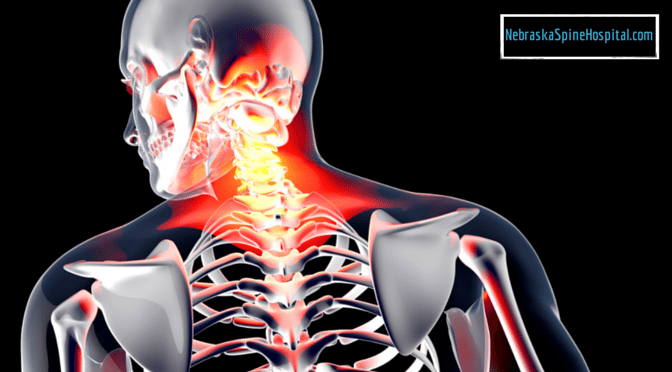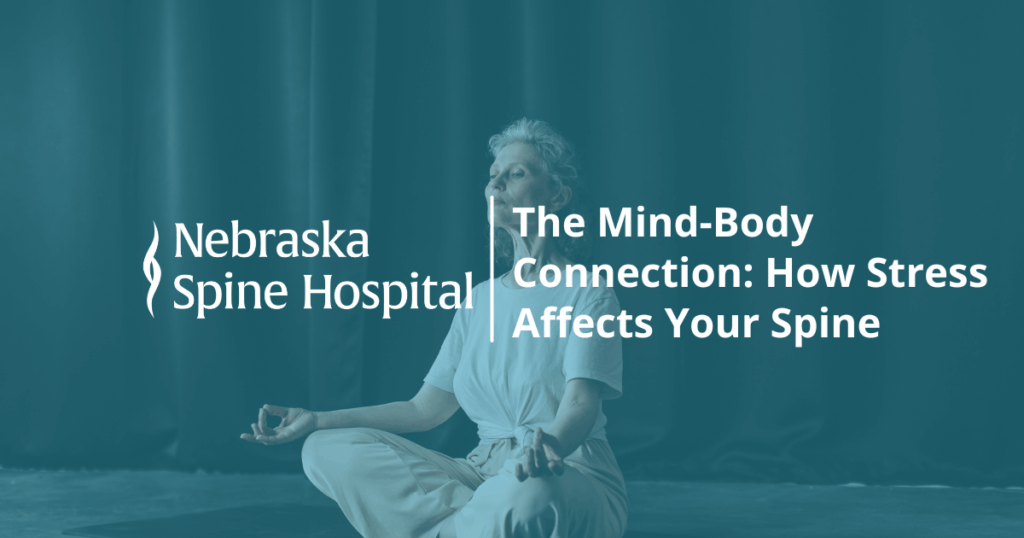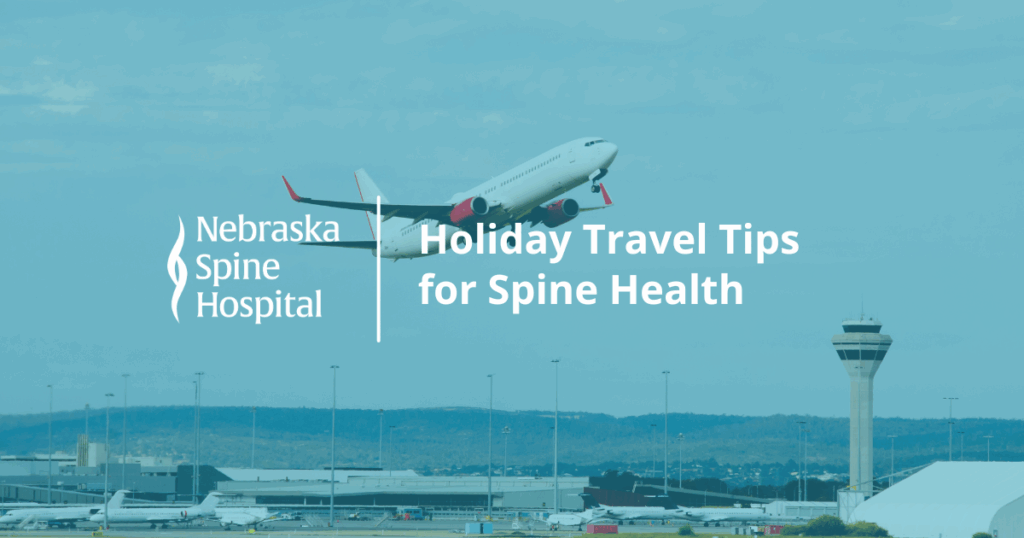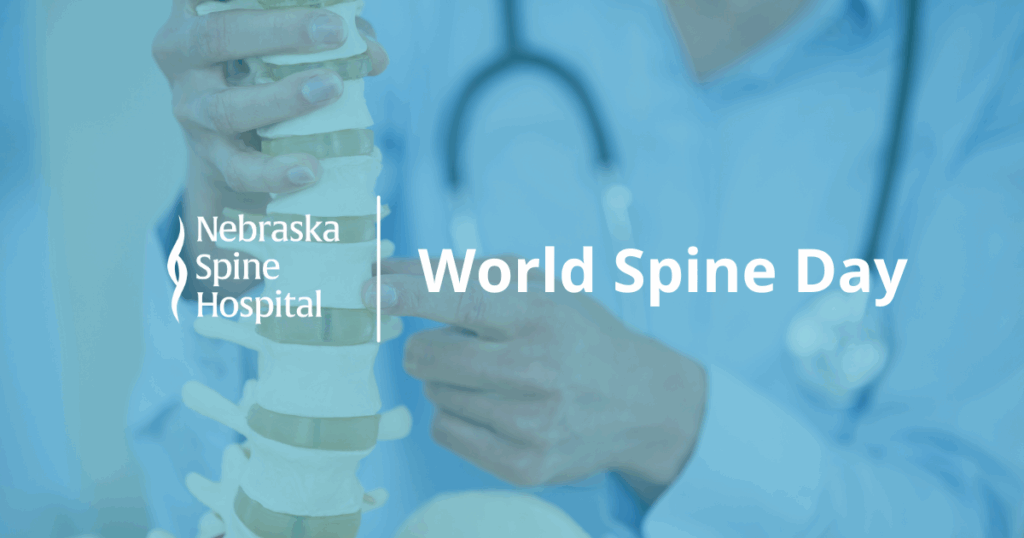Pain and numbness going down the arm or leg or the feeling of a loss of grip can be the result of injury, disease, or degeneration in the cervical spine. If you are suffering from pain and discomfort it can be helpful to understand the anatomy of the cervical spine.
The following is an excerpt from a Spine-Health.com article that explains the anatomy of the cervical spine:
The cervical spine is comprised of seven vertebrae – C1, C2, C3, C4, C5, C6, C7 (often noted as C1-C7) – that begin at the base of the skull and extend down to the thoracic spine. The cervical vertebrae are composed of cylindrical bones (vertebral bodies) that lie in front of the spinal cord, and work with the muscles, joints, ligaments and tendons to provide support, structure and stabilization to the neck.
The first cervical vertebra is unique in that it is a ring that rotates around the second vertebral body (the odontoid). The cervical vertebrae closest to the skull are the smallest. All of the cervical vertebrae are smaller than the vertebrae in the thoracic spine (upper back) and the lumbar spine (lower back).
Stacked on top of each other with a cervical disc in between them, the cervical vertebrae provide strength and structure to the cervical spine and support the head. The cervical vertebrae also provide for structure and control of certain types of movement in the neck (with the movement described in terms of the two vertebral bodies that are connected), including:
Rotation (moving the head from side to side). Most rotation of the neck takes place in the first two segments of the cervical spine, specifically the atlas (C1) and the axis (C2).
Flexion (moving the head forward) and extension (moving the head backward). Most flexion and extension movements in the neck are controlled by the C5-C6 and C6-C7 segments of the spine. Unlike the first two cervical vertebrae, the remaining five cervical vertebrae, C3 through C7, are constructed more similarly to the rest of the spine, with three joints making up each vertebral segment (a disc in the front and two facets joints in the back).
The entire article can be found here.
Check out what Dr. Longley has to say about his experience in treating cervical spine conditions.
If you or a friend or family member do happen to suffer a back injury or experience back pain and need care please Find a doctor with one of our board certified and fellowship trained spine surgeons.
Follow us on Facebook and Twitter or sign-up for our Healthy Back Newsletter for regular tips and education to keep you and your family safe from back pain and injury.









